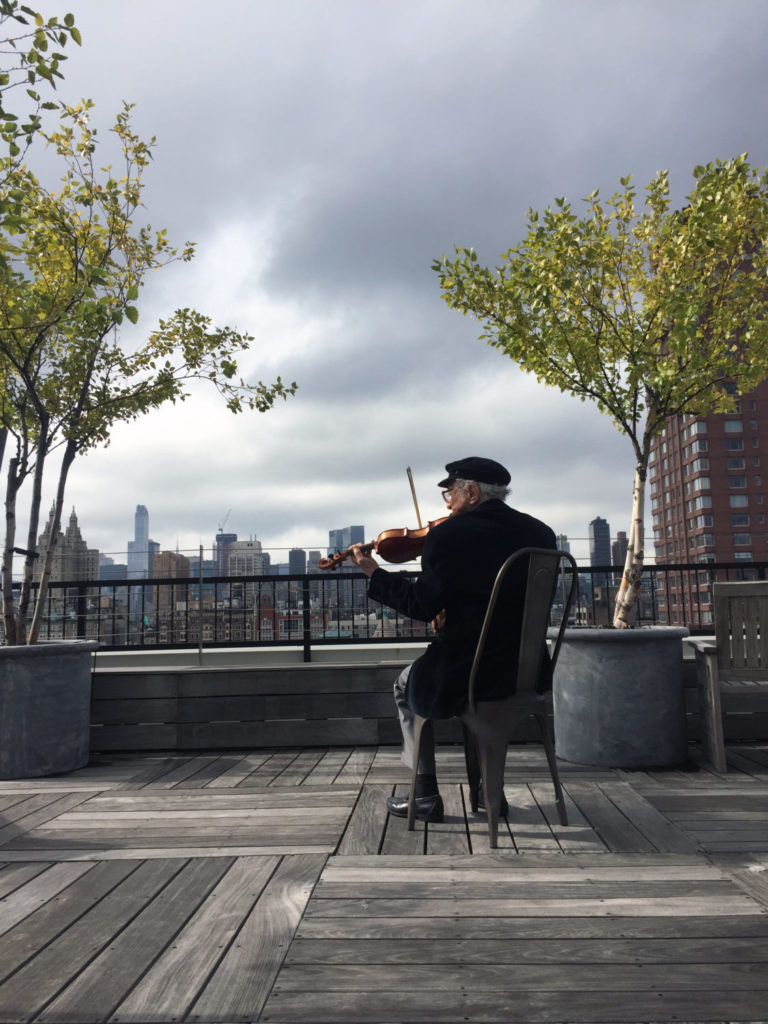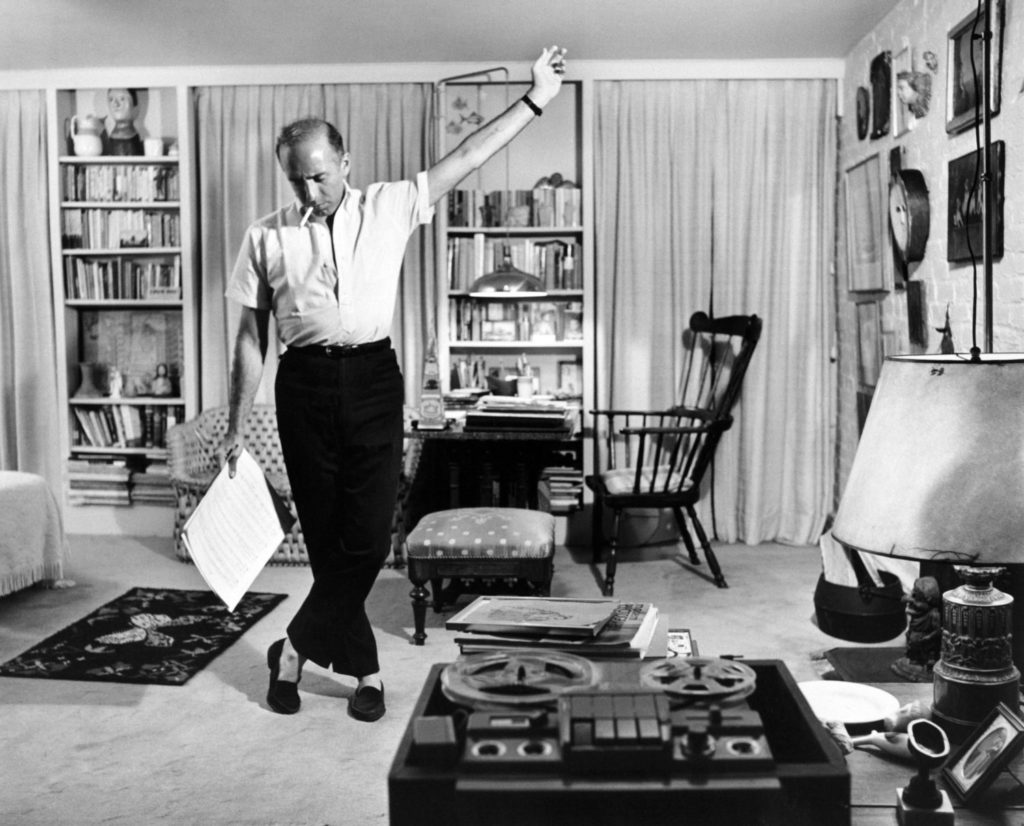Twelve years ago, the Laemmle Royal in West Los Angeles hosted a Christmas Eve sing-a-long screening of the 1971 film version of the classic musical Fiddler on the Roof, and the sold-out event quickly became a holiday tradition in movie theaters across the city and across the country. Devoted fans were not surprised because, after all, “Tradition” is the show’s opening song. As Max Lewkowicz’s fine new documentary, Fiddler: A Miracle of Miracles demonstrates, creating community has been the Fiddler way since the original production’s 1964 Broadway premiere.
Originally called “Tevye,” after its milkman hero, Fiddler on the Roof was inspired by Sholem Aleichem’s late 19th century Yiddish tales of a dairyman with five daughters, three of whom push back against their parents’ orthodox views and traditional notions of love and marriage. Invaluably, Lewkowicz begins with marvelous (if too brief) audio tapes of composer Jerry Bock and lyricist Sheldon Harnick at the piano, conjuring the tunes that would become instant classics, such as “If I Were a Rich Man” and “Matchmaker, Matchmaker,” a delightfully catchy song with surprisingly dark undercurrents.

(Courtesy Roadside Attractions/Samuel Goldwyn Films)
Those looking for how-it-happened stories will find several good ones here, particularly as players such as actor Austin Pendleton (the original Motel the Tailor), the late Hal Prince (who produced) and Stephen Sondheim reflect on Fiddler’s mercurial director, Jerome Robbins, whom Sondheim dubs, “the only genius I’ve ever met.” It was Robbins who pressed for the song “Tradition,” even as he avoided having to set the number to dance. His choreography, we’re made to see, is full of circles — of family and tradition — that devolve into straight lines when a Russian pogrom breaks up Tevye’s village of Anatevka.
Gradually, the doc looks past the original stage production, and into the making of the 1971 movie, and then to Fiddler on the Roof’s impact on the larger world. There’s wonderful audio from a 1969 Brooklyn high-school Fiddler production featuring black and Puerto Rican students, a production so controversial police stood guard outside. It was a triumph. Footage of Tevye and his wife Golda singing “Do You Love Me?” in a recent Tokyo staging is so moving one wishes to see the entire production. There’s footage from Canadian, Thai and Dutch productions and Hamilton‘s ubiquitous Lin-Manuel Miranda is here as well, recounting how it was that he and his new father-in-law came to sing “To Life” at Miranda’s wedding. (In the end credits, the full casts of these overseas productions are named, as are the guests at the Miranda nuptials).

(Jerome Robbins/Courtesy of Roadside Attractions/Samuel Goldwyn Films)
By the film’s end, Lewkowicz has used production footage, audio files, and animation (by Tess Martin) to bring us through Fiddler’s entire score. In a daring gesture, images of exiles being turned away from the shores of present-day America are set to Tevye and his neighbors singing “Anatevka,” their lament for the village they’re being forced to leave forever. One senses the filmmaker’s fury that the bigotry and hatred of the old world have been inflamed in the new, but it’s followed by a sense of gratitude. Things are bad, but Tevye is still there, all these years later, giving us permission to hope.
Opens August 23 at Laemmle Royal, Town Center, Edwards Westpark (Irvine) and Rancho Niguel 8 (Laguna).
Advertising disclosure: We may receive compensation for some of the links in our stories. Thank you for supporting LA Weekly and our advertisers.

